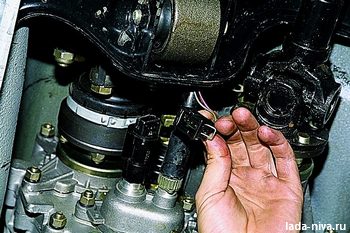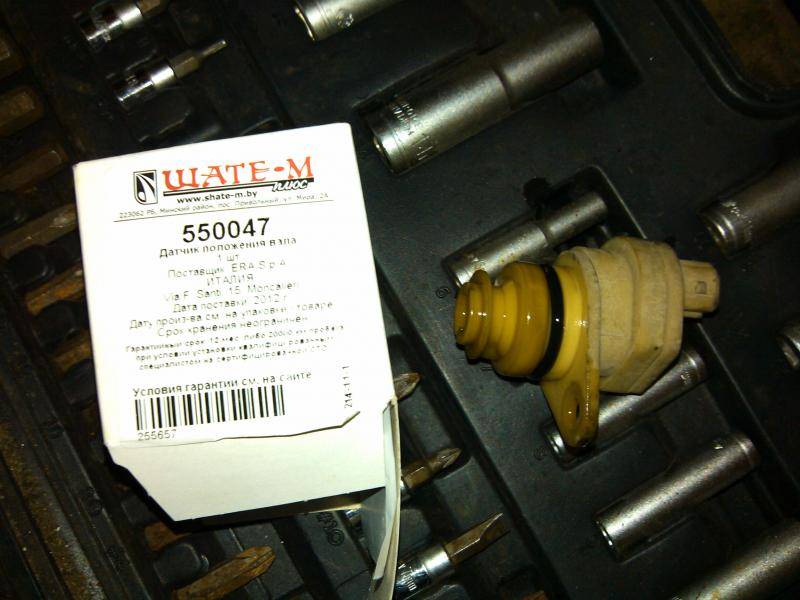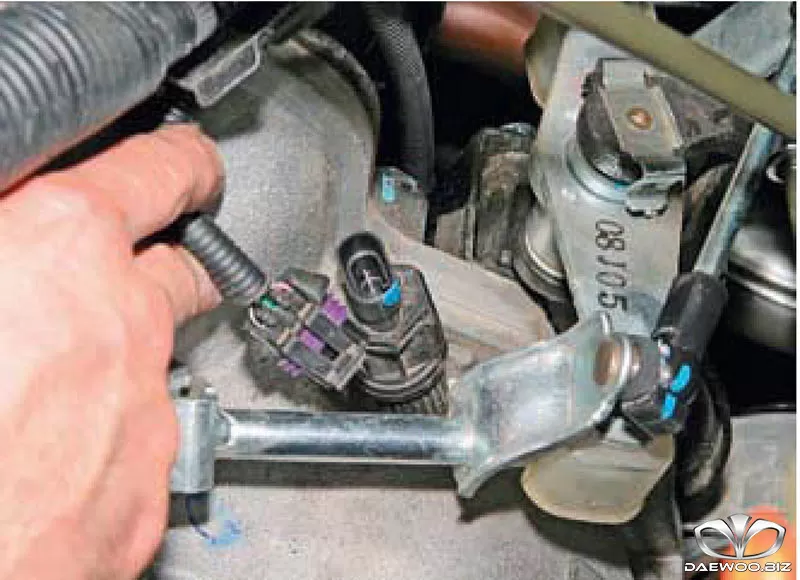
Level 21214 speed sensor
Content
In modern cars, it is almost impossible to find a mechanical drive to measure speed. Even on Niva 21213 is currently installed without a wired speed sensor (DS).
This is an electronic device that reads engine parameters, on the basis of which the on-board computer calculates the speed of the car. Consider the principle of operation of this sensor and possible malfunctions that occur during its operation.
Purpose of the device
A speedometer is installed on the Niva dashboard, which is necessary to display the current speed of the car. In the event of a malfunction, driving becomes difficult because most roads have speed limits that must be adhered to. Also, a malfunction of the speedometer may affect the calculation of other data by the on-board computer. According to the DS, the required fuel consumption and the economy of gasoline at idle are determined.
Therefore, it is necessary to diagnose and identify the cause of the breakdown as soon as possible.
Principle of operation
The Niva 21214 speed sensor is based on the action described by the physicist Hall. It reads electromagnetic pulses, which are then processed by the on-board computer. One kilometer is equivalent to 6000 pulses sent out by the DS, and if the speed increases, the frequency of the pulses increases. As a result, calculations are performed in a special controller that displays information on the instrument panel in a more convenient form.
Location
On the Niva, the DS is installed on the gearbox. This allows data to be read only while driving and is disabled when the engine is in neutral.
The device itself consists of a plastic case, inside which are electronic components. For proper operation, it is placed very close to the axis. A bar magnet is embedded inside the shaft, which, when rotated, creates electrical signals.
The product is quite fragile, so when disassembling or installing it, you need to be very careful not to damage its case.
The main types of faults
From time to time there are problems with the DS, but not all of them require replacement. Some of them are caused by external causes such as:
- contact oxidation,
- wire break,
- cable insulation damage
- gearbox damage.
Checking sensors.
To check the DS, you need to have a multimeter, then follow a certain order:
- Disable sensor.
- We connect the red (positive) probe to the DS contact.
- We close the black (negative) probe to ground.
- We fix a tube of suitable diameter on the axis in order to be able to rotate it.
- Switch the multimeter to low voltage measurement mode.
- It is necessary to turn the shaft and look at the readings - as the speed increases, the indicators on the multimeter display will increase. If the readings do not change, the sensor is faulty.
The other method does not require removal of the sensor. To do this, you need to raise one wheel so that it is at a distance from the ground and can rotate freely. After that, you need to connect the multimeter to the DC connectors. You need to spin the wheel and observe the readings of the device. The change in voltage will also be indicative of performance.
Replacement
To remove the DS, you must install the car on a flat area. After that, it is better to disconnect the battery terminals in order to avoid BC errors.
We disconnect the terminals from the wires, for this you need to press the plastic retainer on the block. After that, using the key, we remove the sensor from the seat. If it is not possible to unscrew immediately, it is not recommended to use excessive force. It is necessary to process the WD-40 threaded connection, wait a few minutes and proceed with disassembly.
Installing a new DS is done in the reverse order. When buying a new part, you should pay attention to the external condition - the contacts must be treated with a sufficient amount of varnish, as this protects against moisture. After completing the work, it is necessary to reset the on-board computer errors to eliminate the CHECK ENGINE error.

